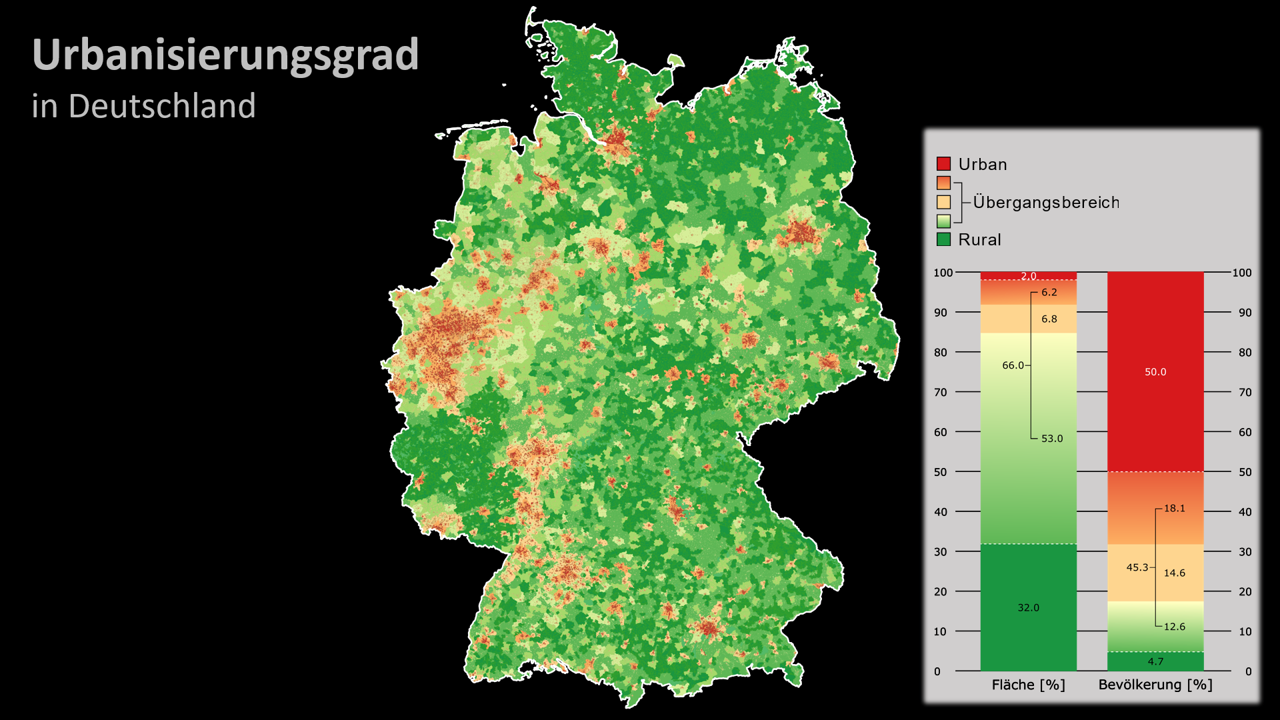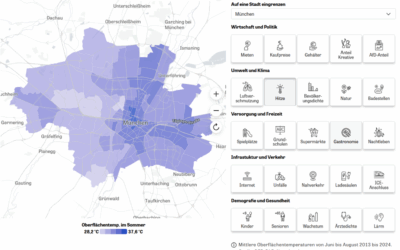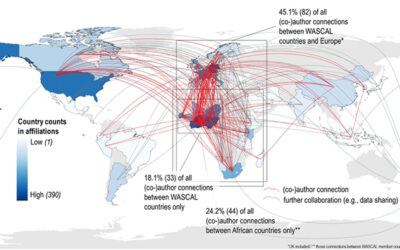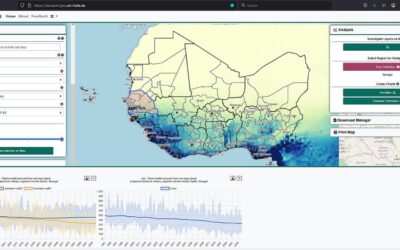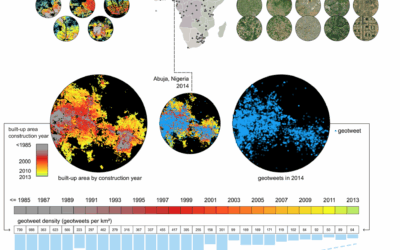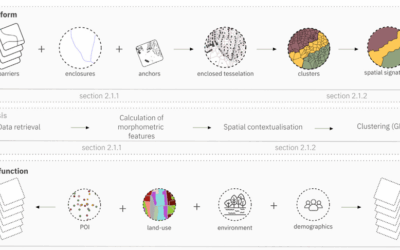New paper titled „To be, or not to be ‘urban’? A multi-modal method for the differentiated measurement of the degree of urbanization” has been published by Taubenböck & Team.
Abstract: Today, 56.6% of the world’s population is urban and the trend is rising; in Germany, the urbanization process is almost complete at 80.3%. This is the ubiquitously used narrative. Surprisingly, the figures behind it are rarely questioned. The spatial statistics responsible for this meta-narrative are, however, prone to ambiguity. They suffer from a lack of systematic empirical justification, and from cross-national differences in cut-off values used to differentiate between urban and rural populations. In this study, we present an empirical approach that allows to systematically map urban and rural populations in a spatially and thematically differentiated manner using a multimodal method. On the one hand, we resort to the common approach of presenting the degree of urbanization in terms of population figures for administrative units. However, we do not only use the common national threshold value, but we project various national thresholds applied in different countries across the globe to classify multiple degrees of urbanization onto our study site Germany. On the other hand, we also calculate various degrees of urbanization at a higher spatial resolution using a regular grid. Beyond the common approach of calculating the degree of urbanization by population figures, we also apply at grid-level two additional variables: building density and the share of a certain building type. By systematically applying thresholds between minimum and maximum per variable, we trace the effects on the resulting degree of urbanization. These multiple perspectives lead us to propose that a range rather than a singular threshold allows us to estimate the degree of urbanization in a more differentiated way. To do so, we estimate the degree of urbanization for Germany on a probability-based basis. Therefore, we combine possible variants from the administrative approach using population figures and the grid-based approach using thresholds of population, building density and the share of a certain building type. Our results show that Germany can be considered urban by at least 50.0% up to possibly 68.1% of the population, which by no means comes near the reported 80.3%. We conclude that the results of the commonly used approach to quantify urban populations are not tenable in their clarity and should therefore be used only with great caution for political and societal decision-making.

